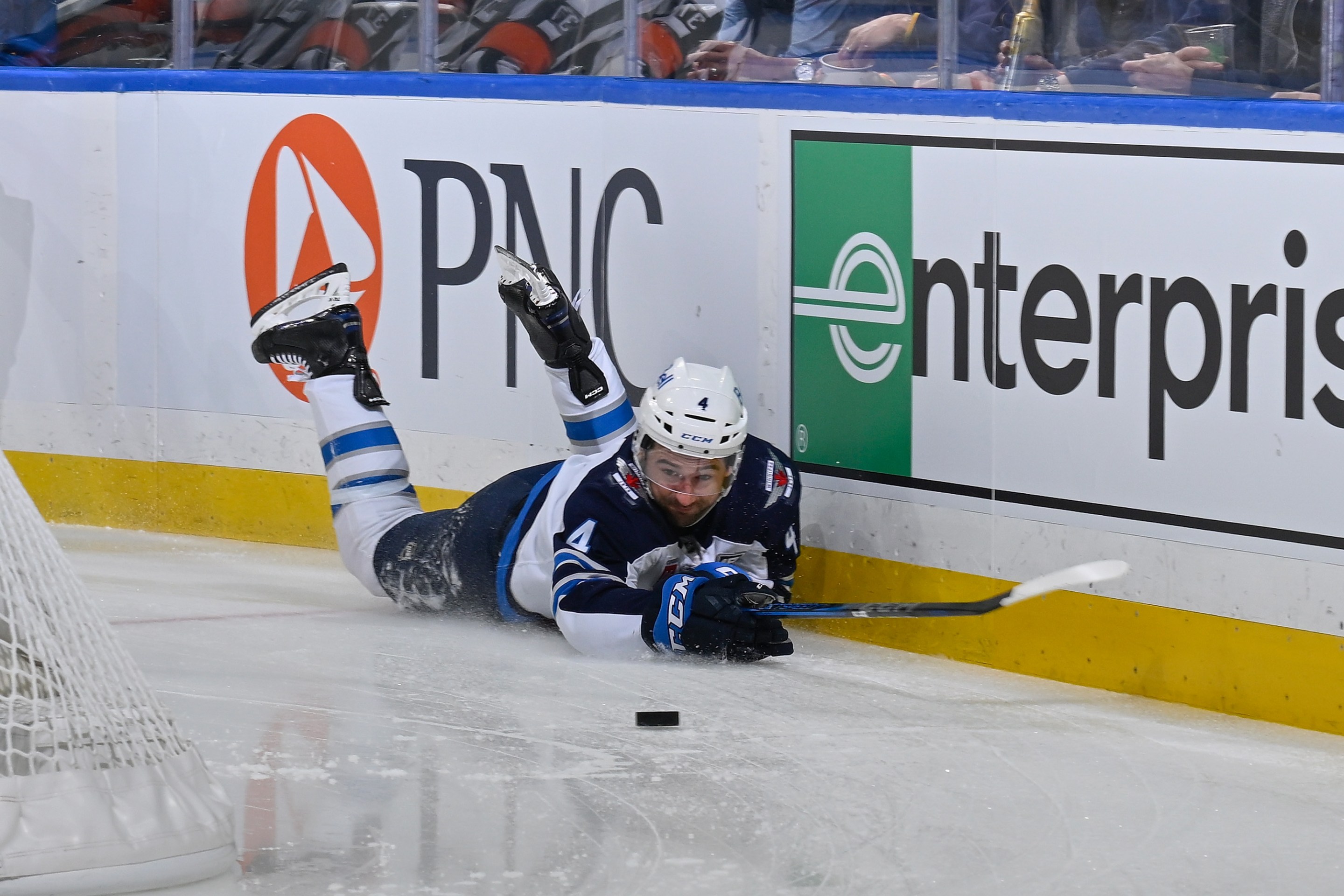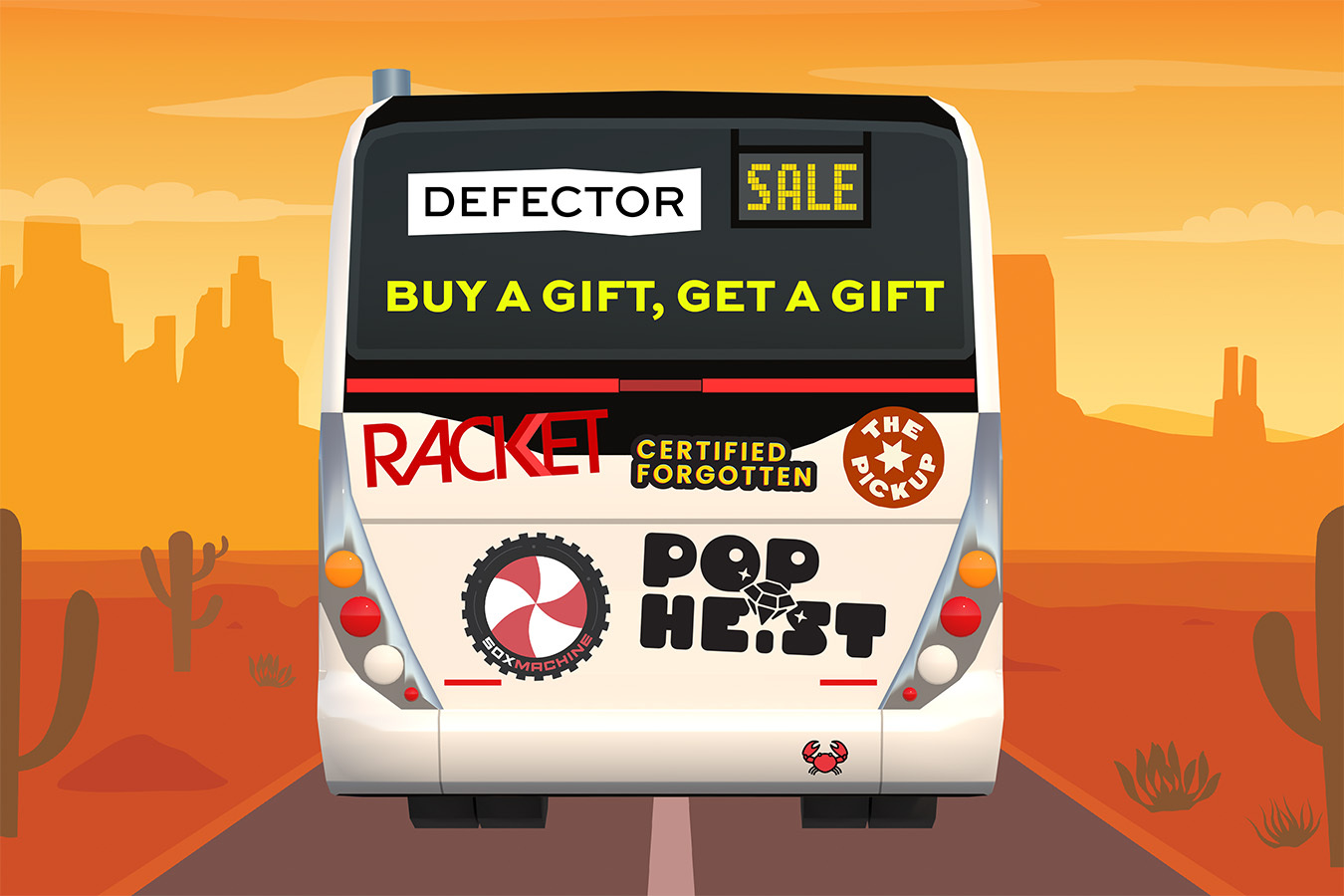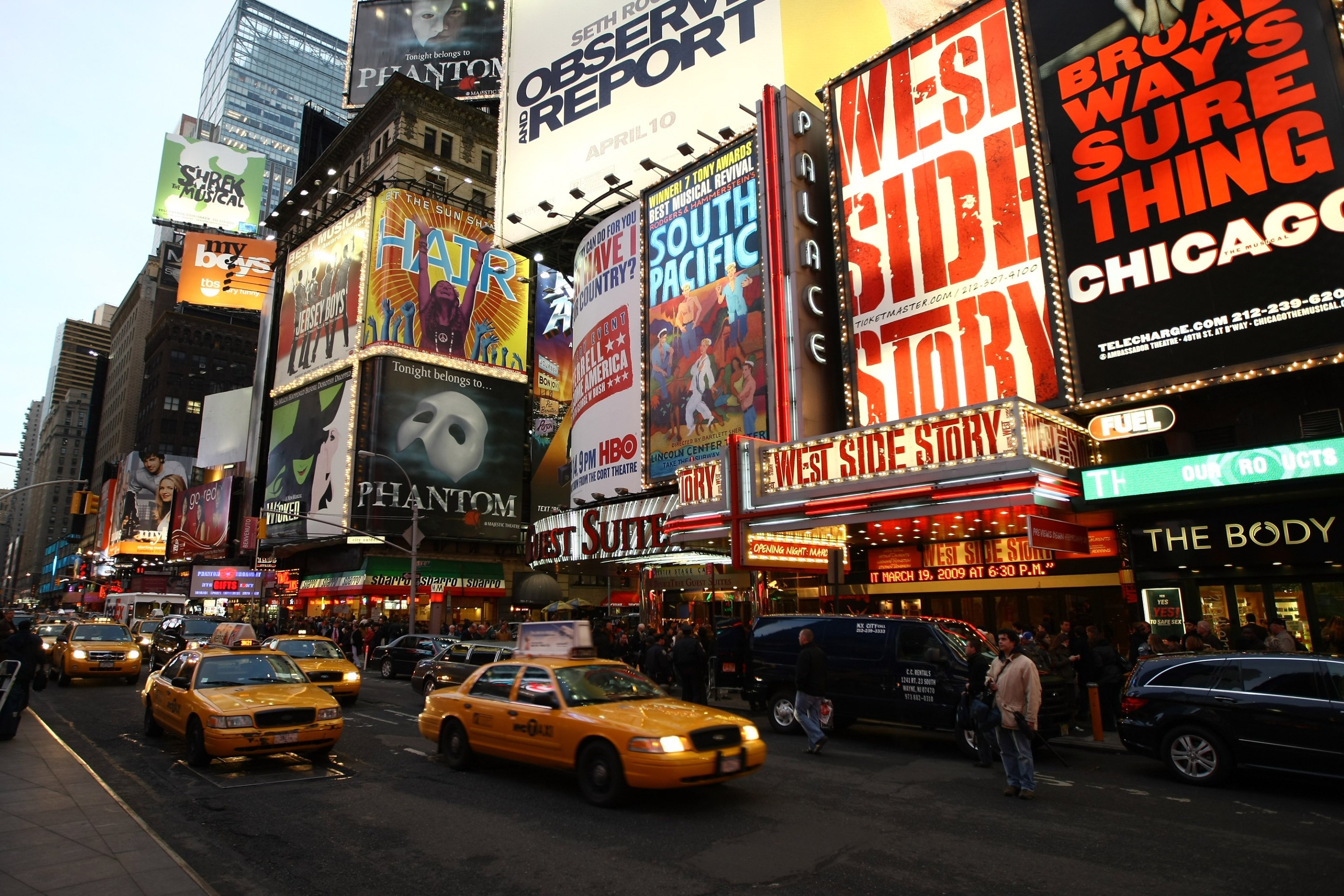Welcome to The Backlog, a series in which we will take a look back at 12 games from 2020 that, in one way or another, had a lasting impact on the video game industry.
One of the more exhausting arguments you can have about video games grapples with the idea of value. Specifically, can video games be valuable as an art form? Truly, this doesn't matter at all. Enjoy what you enjoy and if you get value from it, then hell yeah, that rocks. And if someone tells you that video games are stupid or worthless or whatever else, then don't let that take away from your enjoyment and connection to a specific game.
When it comes to games themselves, however, and how they approach this question, the waters get murkier. I'd argue that since the Xbox 360-PlayStation 3 era, with graphic fidelity reaching new heights and then, in some cases, dive-bombing through the uncanny valley, the idea that a game can be as artistic and enduring as a film, or a television show, has taken root in the industry, and not always for the best. Some games come by their artistic trappings naturally—if a particular game designer has cinematic tendencies, then surely their games will express those tendencies. I'm looking at you, Hideo Kojima. But there's another type of game that comes into this proposition with a self-awareness of what it is trying to do, and these games strive for the marker of art, because that's where the value lies for their creators.
Self-aware striving is still striving, though, and this is where The Last Of Us Part II comes in. In all my years—decades, really—of gaming, I have never encountered a game that so badly wanted to be called art. Every stylistic choice made by Naughty Dog screams for this 2020 sequel to be taken seriously, not just as an interactive experience, but as something nebulously More, with a capital-M. There have been and will always be "cinematic" games, but few if any can match Part II for taking the tenets of cinematic gaming—high visual fidelity, more cutscenes than you can keep track of, and the weaving of gameplay into big moments that are meant to thrill, or disgust, or really wrench any emotion from the player—and cranking them up to a million.
Is this a good thing? That will be up to each individual player and what they want from a video game. For me, well, I'll just say that what The Last Of Us Part II does successfully is also what makes it an experience I won't want to have ever again.
What Is It?
As the name implies, The Last Of Us Part II is a sequel to the 2013 PS3 game. Part II picks up almost exactly where the first game ended up: player character Joel rescued his young ward, the zombie-immune Ellie, from a Fireflies (a militia group, basically) hospital, where the doctors were going to try to use her immunity to create a cure, at the cost of Ellie's life. Joel kills a whole bunch of people at the end of the first game, and the second picks up with him telling his brother, Tommy, about what he did.
That's where the game starts, but what is it exactly? Part II is confused about its own medium. It's less a video game and more of an interactive movie, and so it's hard to say, "Oh, it's a zombie shooter." It is that, but that's not what it aims to be. Part II very clearly falls on the "yes, art" side of the aforementioned debate, and there's a calculation to every decision the game makes, often for the player, that aims less to be a thrilling experience and more a contemplative movie that the player experiences firsthand.
In more concrete terms, Part II is a story about revenge; cover your eyes if you don't want an early game spoiler and you have also managed to avoid the spoilers from the TV show adaptation, but Joel is killed early on in the game, in what is meant to be a shocking all-timer of a twist. This is done for revenge: The killer, Abby, wants vengeance for Joel killing her father, one of the doctors at the Fireflies hospital that he killed in the previous game. The stench of revenge then carries the player, as Ellie, through the remainder of the game, hunting down the woman who killed her father figure. On a pure gameplay level, this is a fine enough motivation and also serves to vary up the enemy types from the zombies to humans who can shoot back. On a story level ... well, we'll get there.
What Went Right?
If there's one thing that is unimpeachable about The Last Of Us Part II, it is that it is a gorgeous game. Even at its grimiest, everything about this game pops off the screen, especially in the remastered versions. The forested areas around the first hub of Jackson, Wyo. bristle with the wind, and the characters are just on the right side of that uncanny valley to be impressive, rather than disturbing. The violence in the game has its own kind of brutal beauty to it, too: The player can really see and feel the pain that all of this revenge is taking on the characters.
The experience is also aided by the performances. The main trio of Troy Baker (Joel), Ashley Johnson (Ellie), and Laura Bailey (Abby) put in some of the best voice acting work I've ever seen in a video game, and Bailey—a veteran of the industry who has played roles in World of Warcraft, Spider-Man, Fire Emblem, and Final Fantasy, among many others—especially does a lot of work to make Abby as important and fleshed-out as the main characters from the first game. Even the side characters, such as Ellie's love interest Dina and Joel's brother Tommy, get starring moments, and it's clear there was a lot of care in translating the voice acting into high-quality performances for the player to enjoy. There are beautiful moments elevated by the voice cast, such as an early trek out of Jackson by Ellie and Dina, a moment that stuck with me even when things started to go downhill.
And while the video game-as-movie tactics deployed by Part II might not work as well for every player as the developers would have liked, there's no denying that the whole of a cinematic experience is accomplished throughout. The cutscenes in the game pack a wallop, advancing the story and developing the characters with precise directorial decisions and exquisite rendering. All of these points make Part II one of the most visually striking and engrossing video games of all time, a true accomplishment in bringing the story to life in exactly the way that the creators of the game wanted to.
What Went Wrong?
That is also part of what goes wrong with Part II. Naughty Dog was too successful in deploying its vision, which is built on treating the player as noxiously as possible. All of the care given to presentation does not translate to the moment-to-moment gameplay.
Characters feel heavy in movement, which is fine if the goal is realism, but less entertaining as an actual video game, especially one that focuses on stealth. As Ellie, you have limited ammo and tools, and so the goal of any engagement, whether with the zombies or the humans, is to get through it using your guns as infrequently as possible. That would be fine, except the stealth is stuck in the past, clunky in motion, and sometimes frustratingly obtuse in telling you where you are supposed to go to avoid enemies. I will admit I am not a stealth games fan, but for a series that has little going for it in terms of gameplay, utilizing a poor system for its main mechanic just drags the experience down.
It's not much better when you get spotted, either. The shooting mechanics are the definition of "whatever," save for the violence, which is definitely striking after you kill hundreds and thousands of enemies. Despite making its name with big set pieces in the Uncharted series, Naughty Dog fails to craft any memorable ones here. None of the big action moments are any fun to play through. The game seems to want the player to feel as overwhelmed as the characters, but this is where the goal of cinematic realism falls apart. Even between the action, Part II is a laborious slog; for every bullet you fire, you might have to move 12 boxes and crawl under pipes at a snail's pace. Everything in Part II is meant to slow the player down before the next set piece, so much so that I didn't want to reach those moments of action to advance the plot, but just to have something to do. This is still a video game, and it is not a good time to play on a basic level.
The story is the bigger issue, though, and it's a doozy. I have never encountered a game that so wanted to punish the player for experiencing what it has to offer. Sure, there are games where the difficulty of gameplay is the appeal—FromSoftware has built an industry-defining résumé off adversarial gameplay experiences—but there are few games where the difficulty comes from what the plot throws your way. The nastiness of the dual revenge plots never eases up, and eventually the game just devolves into grueling torture porn.
After Abby and her group overpower Joel and his brother, she shoots him in the leg with a shotgun then hits him across the head with a golf club as the game cuts back to Ellie searching for them. The player might breathe a small sigh of relief, that Ellie will roll up to the lodge where the killing is happening and just see Joel's dead body, but that would be too simple. Instead, Ellie tries to stop Abby from killing Joel, gets overpowered, and is forced to watch, along with the player, as Abby delivers one last swing of the golf club to kill Joel. It's a dark scene that, in theory, is meant to give the player the same level of bloodthirst Ellie will experience going forward, but it mostly just feels terrible. It was around this scene when I took a long break from the game in 2020.
This isn't to say there aren't thrilling moments throughout, especially once the story shifts to Seattle, its setting for the majority of the game, embroiled in a faction war of sorts between the Washington Liberation Front (Abby's group) and the religious Seraphites. It's just that there is seemingly no point to the distress the game causes the player, except to remind them of a core central theme: Violence is everywhere, and it's inescapable. In a post-apocalyptic world where infected roam the land and people show their worst selves, this is never far from the surface, but in case you missed it, Part II will continuously force the player, and the characters, to do some truly horrid things in order to remind them. Ellie tortures one of Abby's friends for information, and kills a pregnant member of the WLF along with her boyfriend, both of whom are also friends with Abby. There's no catharsis or even regret; by virtue of being a video game that the player will want to see through to the end, there is only more people and infected and dogs (having to kill dogs soured the whole experience for me more than anything else) to kill on the way to the end credits.
Were People Normal About This Game?
Hahaha, no. God, no. Of all of the games that have been or will be covered in The Backlog, I think The Last Of Us Part II might have scored the most polarized reactions. The queer romance? People didn't like that. The violence and brutality? Reaction was split in both directions, and it became something of a badge of honor to enjoy what Part II was throwing out. While the critical reaction was overwhelmingly positive, with words such as "haunting" and "disturbing" thrown out as positives, it wasn't unanimous. The brutal tone and overload of gore was criticized at the time.
What's Happened Since?
Naughty Dog might be the gold standard for flogging a dead horse in the pursuit of more dollars. Since the release of The Last Of Us Part II in June of 2020, the studio has gone back to the well multiple times, extending its reach and updating its graphics to more modern standards. The studio released a remake of the first game in 2022, a defensible decision for a nearly 10-year-old game, had it not have already been remastered for the PS4 in 2014. More inexplicably, a remaster of the second game was shot out into the world in 2024.
And then there's the show. Putting aside how futile it is to adapt something that is already cinematic by nature, the show was a wild success over at HBO. Season 1 was a mostly faithful adaptation of the first game, ending with the same hospital massacre-slash-rescue mission that sees Joel, played by Pedro Pascal, rescue Ellie, played here by Bella Ramsey. That's all fine and good, but just as the second video game was a stark departure from the intimate story of the first, the second season attempts to adapt the second game in part, and it runs into a lot of the same problems.
Presented with the opportunity to make all of the violence mean something, Season 2 of The Last Of Us treats the viewer like the game treated the player, as someone who has to be told over and over that violence is bad, while gleefully depicting it over an entire season of television. There are no moments of melancholic beauty here, like in Season 1's gorgeous "Long, Long Time" episode. Instead, the season plows through roughly the first half of the game without stopping to try and find any depth.
Is It Worth Playing In 2025?
It's certainly possible that The Last Of Us Part II is just not for me. Despite a completely linear experience, something I appreciate more and more as open-world games reach a nadir of sorts in terms of quality, the stealth gameplay interspersed with compulsory brutality for the sake of brutality makes for a sour experience. I don't think Part II fails at what it tries to accomplish, it's just that the very nature of its success is inert and off-putting. Yes, violence corrodes the soul and revenge traps people in cycles of brutality. The game is built on some of the oldest tropes in storytelling, which have been depicted in ways far more meaningful and graceful than forcing a video game player to stab dozens of dogs to death and listen to enemies cry out the names of their fallen comrades. For that reason, The Last Of Us Part II earns an 2.9 on the Defector Replayability Ability Scale.







